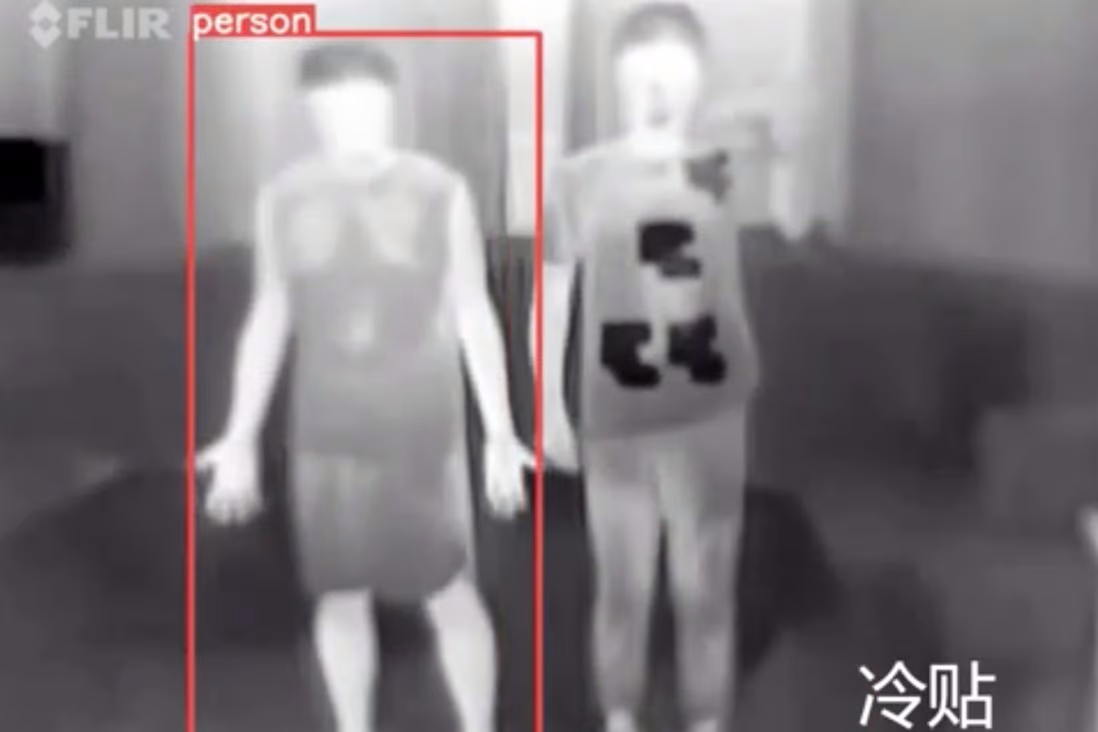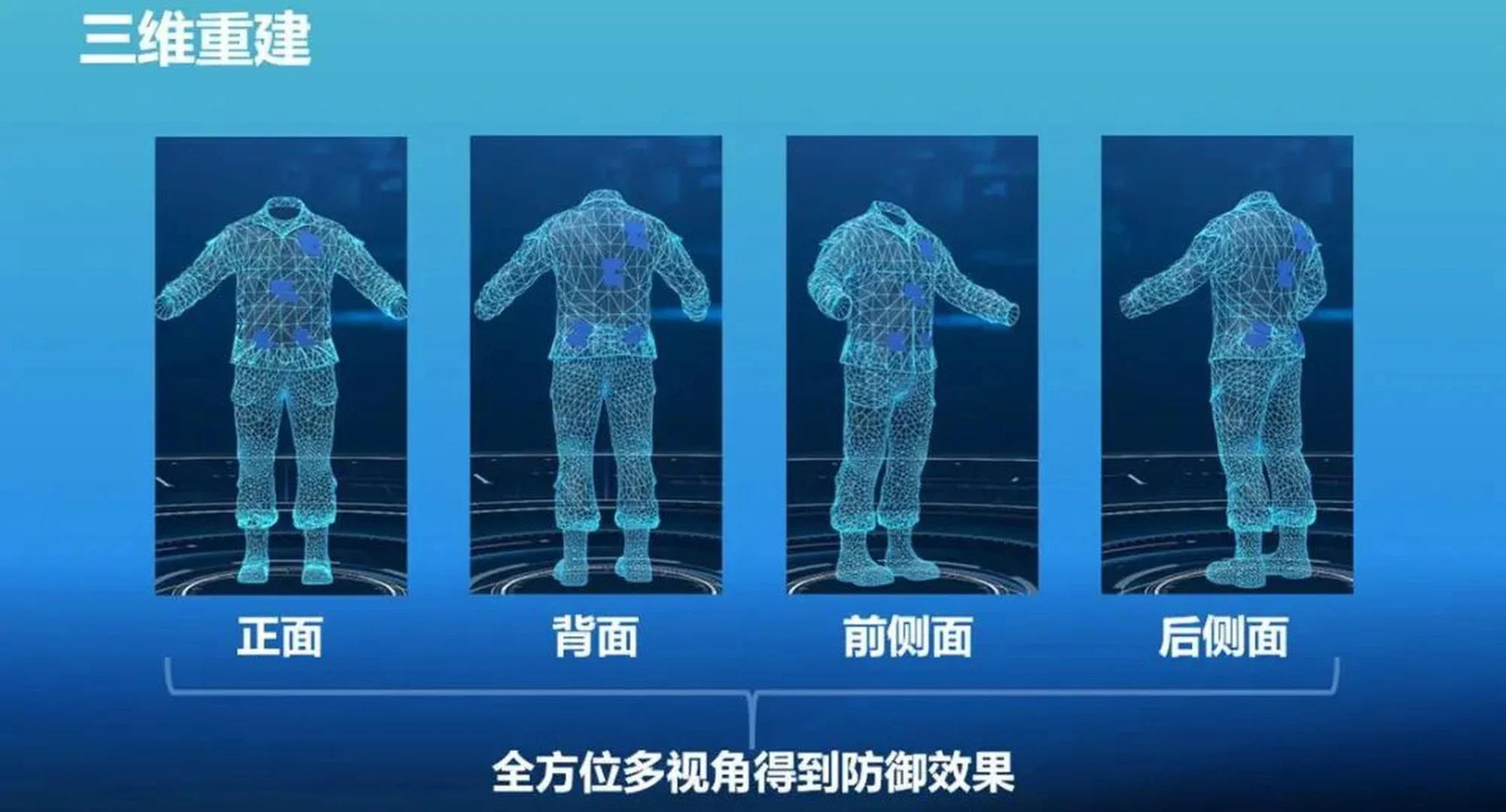Chinese graduate students have created a plain-looking garment that prevents artificial intelligence systems monitoring cameras from recognising the wearer as human.
The InvisDefense coat relies on printed patterns for daytime use and includes a series of heat-generating elements to throw off infrared cameras at night.
Professor Wang Zheng of the school of computer science at Wuhan University oversaw the project, which won first prize in a contest sponsored by Huawei Technologies on 27 November as part of the China Postgraduate Innovation and Practice Competitions.
The researchers’ paper is to be presented at the AAAI 2023 AI conference to be held in Washington, DC in February.

AI confusion
Wang said the research could be used to create stealth military uniforms or by AI researchers to improve recognition models.
“Our InvisDefense allows the camera to capture you, but it cannot tell if you are human,” he said.
PhD student Wei Hui, who created the core anti-AI algorithm, said a major difficulty was creating a pattern that would confuse AI surveillance cameras without appearing conspicuous to humans.
“Traditionally, researchers used bright images to interfere with machine vision and it did work,” he said. “But it stands out to human eyes, making the user even more conspicuous.
“We use algorithms to design the least conspicuous patterns that can disable computer vision.”

Low-cost solution
The team tested nearly 700 patterns within three months to find the right balance.
The researchers also looked to find an economical solution, with Wang saying the finished result costs less than 500 yuan (£58).
He said the cameras’ accuracy was reduced by some 57 percent, and could be higher with further experimentation.
“Our results prove that there are still loopholes in current artificial intelligence technology and computer recognition technology, researchers could use our algorithms to improve current models,” Wang said.
“InvisDefense might also be used in anti-drone combat or human-machine confrontation on the battlefield.”






